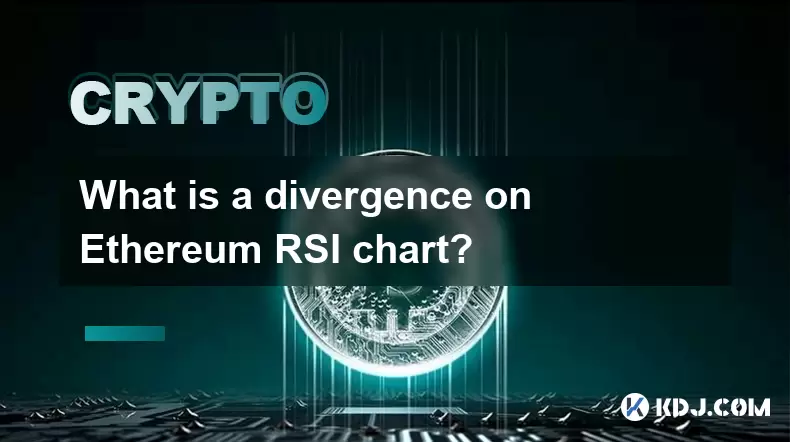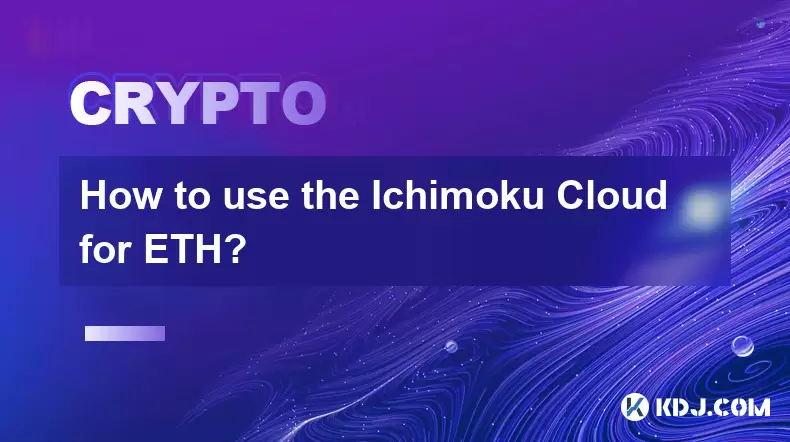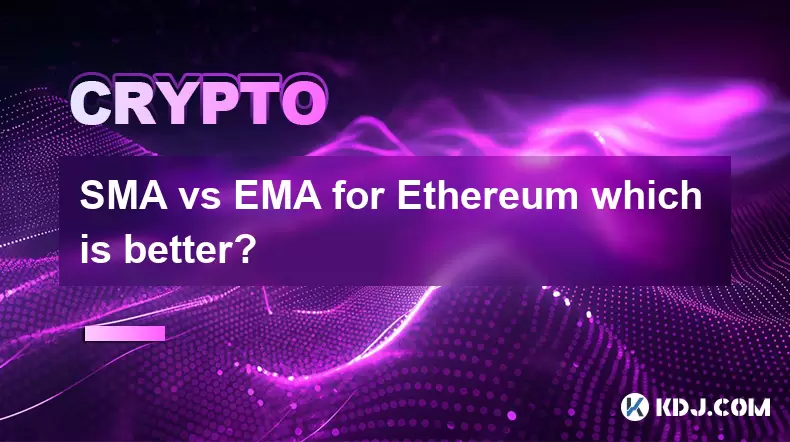-
 Bitcoin
Bitcoin $118400
0.39% -
 Ethereum
Ethereum $3814
2.17% -
 XRP
XRP $3.547
1.34% -
 Tether USDt
Tether USDt $1.000
0.00% -
 BNB
BNB $769.5
2.95% -
 Solana
Solana $191.7
6.36% -
 USDC
USDC $0.9999
0.01% -
 Dogecoin
Dogecoin $0.2722
7.75% -
 Cardano
Cardano $0.8995
5.59% -
 TRON
TRON $0.3158
-0.78% -
 Hyperliquid
Hyperliquid $47.37
4.46% -
 Stellar
Stellar $0.4848
3.54% -
 Sui
Sui $4.031
1.72% -
 Chainlink
Chainlink $20.11
3.94% -
 Hedera
Hedera $0.2832
3.16% -
 Avalanche
Avalanche $26.20
4.27% -
 Bitcoin Cash
Bitcoin Cash $530.5
0.67% -
 Shiba Inu
Shiba Inu $0.00001568
3.59% -
 Litecoin
Litecoin $118.4
1.42% -
 UNUS SED LEO
UNUS SED LEO $8.976
-0.23% -
 Toncoin
Toncoin $3.349
2.54% -
 Polkadot
Polkadot $4.590
2.54% -
 Uniswap
Uniswap $10.56
-0.59% -
 Ethena USDe
Ethena USDe $1.001
0.00% -
 Monero
Monero $327.7
0.39% -
 Pepe
Pepe $0.00001422
2.62% -
 Bitget Token
Bitget Token $4.973
-1.22% -
 Dai
Dai $1.000
0.02% -
 Aave
Aave $331.9
1.59% -
 Bittensor
Bittensor $429.6
-0.56%
What is a divergence on Ethereum RSI chart?
Ethereum's RSI divergence signals potential trend reversals, with bullish divergence showing weakening bearish momentum and bearish divergence indicating fading bullish strength.
Jul 21, 2025 at 08:00 am

Understanding the RSI Indicator
The Relative Strength Index (RSI) is a momentum oscillator used in technical analysis to measure the speed and change of price movements. It operates on a scale from 0 to 100 and is typically used to identify overbought or oversold conditions in an asset's price. When applied to Ethereum (ETH), the RSI helps traders assess potential trend reversals or continuations. The standard period used for RSI calculation is 14, though traders may adjust this depending on their strategy. RSI values above 70 are generally considered overbought, while values below 30 are considered oversold.
What Is Divergence?
Divergence occurs when the price of an asset moves in one direction while a technical indicator, such as RSI, moves in the opposite direction. This discrepancy often signals a weakening trend and may indicate a potential reversal. In the context of Ethereum, divergence on the RSI chart can be a powerful signal for traders looking to anticipate price changes before they become apparent on the price chart. Divergence does not guarantee a reversal, but it provides a clue that the current momentum may be fading.
Bullish Divergence on Ethereum RSI Chart
A bullish divergence occurs when the price of Ethereum makes a lower low, but the RSI makes a higher low. This suggests that even though the price is declining, the selling pressure is decreasing. For example, if ETH drops from $3,000 to $2,800 and then rebounds to $2,900, but the RSI does not reach a new low during the second drop, it indicates weakening bearish momentum. Traders interpret this as a potential sign that buyers are regaining control. Key steps to identify bullish divergence:
- Observe a price chart and locate two distinct lows.
- Check the RSI chart for corresponding lows.
- If the second price low is lower than the first, but the RSI low is higher, a bullish divergence is forming.
Bearish Divergence on Ethereum RSI Chart
Conversely, a bearish divergence appears when the price of Ethereum creates a higher high, but the RSI forms a lower high. This suggests that despite rising prices, the upward momentum is waning. For instance, if ETH rises from $3,000 to $3,200 and then to $3,300, but the RSI fails to reach its previous high during the second peak, it signals weakening bullish momentum. Traders often view this as a warning that a reversal to the downside may be imminent. To spot bearish divergence:
- Identify two consecutive price highs on the Ethereum chart.
- Compare the corresponding RSI peaks.
- If the second high on the price chart is higher than the first, but the RSI peak is lower, a bearish divergence is forming.
How to Trade Divergence on Ethereum RSI Chart
Trading divergence on the Ethereum RSI chart requires careful analysis and confirmation. Since divergence can persist for extended periods, entering a trade solely based on divergence can be risky. Traders often combine divergence signals with other tools like trendlines, moving averages, or candlestick patterns for confirmation. Here’s how to approach trading divergence:
- Identify the divergence type (bullish or bearish) on the Ethereum RSI chart.
- Use support and resistance levels to determine potential entry and exit points.
- Wait for a candlestick close that confirms the reversal signal.
- Place a stop-loss order beyond the recent swing high or low to manage risk.
- Consider using volume indicators to validate the strength of the reversal signal.
Common Mistakes When Interpreting Divergence
Many traders misinterpret divergence due to lack of confirmation or overtrading weak signals. Some common mistakes include:
- Ignoring the broader trend and acting on divergence in isolation.
- Taking trades based on divergence without waiting for confirmation from price action.
- Misidentifying swing highs and lows on both the price and RSI charts.
- Using RSI settings that are too short or too long for the time frame being analyzed.
- Failing to adjust for market conditions such as high volatility or news-driven price moves.
Frequently Asked Questions
What is the best RSI setting for spotting divergence on Ethereum charts?
While the default setting of 14 is widely used, some traders adjust it to 10 or 20 to increase sensitivity or smoothness. However, the key is consistency in identifying divergence rather than changing settings frequently.
Can divergence be used on all timeframes for Ethereum trading?
Yes, divergence can be applied to any timeframe, from 1-minute charts to weekly charts. However, higher timeframes like the 4-hour or daily chart tend to provide more reliable signals.
Is divergence a guaranteed reversal signal?
No, divergence is not a guaranteed reversal signal. It only suggests weakening momentum and should be used in conjunction with other technical tools for confirmation.
How often does divergence occur on Ethereum's RSI chart?
Divergence can occur frequently, especially in volatile markets like Ethereum. Traders should focus on high-probability setups and avoid overtrading minor divergences.
Disclaimer:info@kdj.com
The information provided is not trading advice. kdj.com does not assume any responsibility for any investments made based on the information provided in this article. Cryptocurrencies are highly volatile and it is highly recommended that you invest with caution after thorough research!
If you believe that the content used on this website infringes your copyright, please contact us immediately (info@kdj.com) and we will delete it promptly.
- Binance, PEPE, and BONK: Meme Coins Mature, Shed 'Seed Tag' Amid Market Shifts
- 2025-07-21 22:30:13
- Toshi.bet: Leading the Crypto Casino Revolution in Poland 2025
- 2025-07-21 20:30:12
- Tether Gold (XAU₮) Expands: Mobee Indonesia & Tokenized Gold's Rising Tide
- 2025-07-21 20:50:12
- BlockDAG's Launch Access: No Vesting, Maximum Opportunity!
- 2025-07-21 21:30:12
- Altcoin Season Heats Up: Cardano Outperforms After Bitcoin Stabilizes
- 2025-07-21 20:50:12
- BlockchainFX: The 1000X Potential Crypto SHIB and DOGE Holders Are Eyeing
- 2025-07-21 21:30:12
Related knowledge

What is Polkadot (DOT)?
Jul 19,2025 at 06:35pm
Understanding the Basics of Polkadot (DOT)Polkadot (DOT) is a multi-chain network protocol designed to enable different blockchains to transfer messag...

What is Monero (XMR)?
Jul 21,2025 at 10:07am
What is Monero (XMR)?Monero (XMR) is a decentralized cryptocurrency designed to provide enhanced privacy and anonymity for its users. Unlike Bitcoin a...

How to add indicators to Ethereum chart on TradingView?
Jul 19,2025 at 07:15am
What Is an Ethereum Chart on TradingView?The Ethereum chart on TradingView is a visual representation of the price movement of Ethereum (ETH) over a s...

How to use the Ichimoku Cloud for ETH?
Jul 18,2025 at 09:56pm
Understanding the Ichimoku Cloud and Its ComponentsThe Ichimoku Cloud, also known as Ichimoku Kinko Hyo, is a versatile technical analysis tool that p...

SMA vs EMA for Ethereum which is better?
Jul 19,2025 at 12:36am
Understanding the Basics of SMA and EMAIn the world of cryptocurrency trading, especially when dealing with Ethereum, technical indicators play a cruc...

What is a divergence on Ethereum RSI chart?
Jul 21,2025 at 08:00am
Understanding the RSI IndicatorThe Relative Strength Index (RSI) is a momentum oscillator used in technical analysis to measure the speed and change o...

What is Polkadot (DOT)?
Jul 19,2025 at 06:35pm
Understanding the Basics of Polkadot (DOT)Polkadot (DOT) is a multi-chain network protocol designed to enable different blockchains to transfer messag...

What is Monero (XMR)?
Jul 21,2025 at 10:07am
What is Monero (XMR)?Monero (XMR) is a decentralized cryptocurrency designed to provide enhanced privacy and anonymity for its users. Unlike Bitcoin a...

How to add indicators to Ethereum chart on TradingView?
Jul 19,2025 at 07:15am
What Is an Ethereum Chart on TradingView?The Ethereum chart on TradingView is a visual representation of the price movement of Ethereum (ETH) over a s...

How to use the Ichimoku Cloud for ETH?
Jul 18,2025 at 09:56pm
Understanding the Ichimoku Cloud and Its ComponentsThe Ichimoku Cloud, also known as Ichimoku Kinko Hyo, is a versatile technical analysis tool that p...

SMA vs EMA for Ethereum which is better?
Jul 19,2025 at 12:36am
Understanding the Basics of SMA and EMAIn the world of cryptocurrency trading, especially when dealing with Ethereum, technical indicators play a cruc...

What is a divergence on Ethereum RSI chart?
Jul 21,2025 at 08:00am
Understanding the RSI IndicatorThe Relative Strength Index (RSI) is a momentum oscillator used in technical analysis to measure the speed and change o...
See all articles

























































































